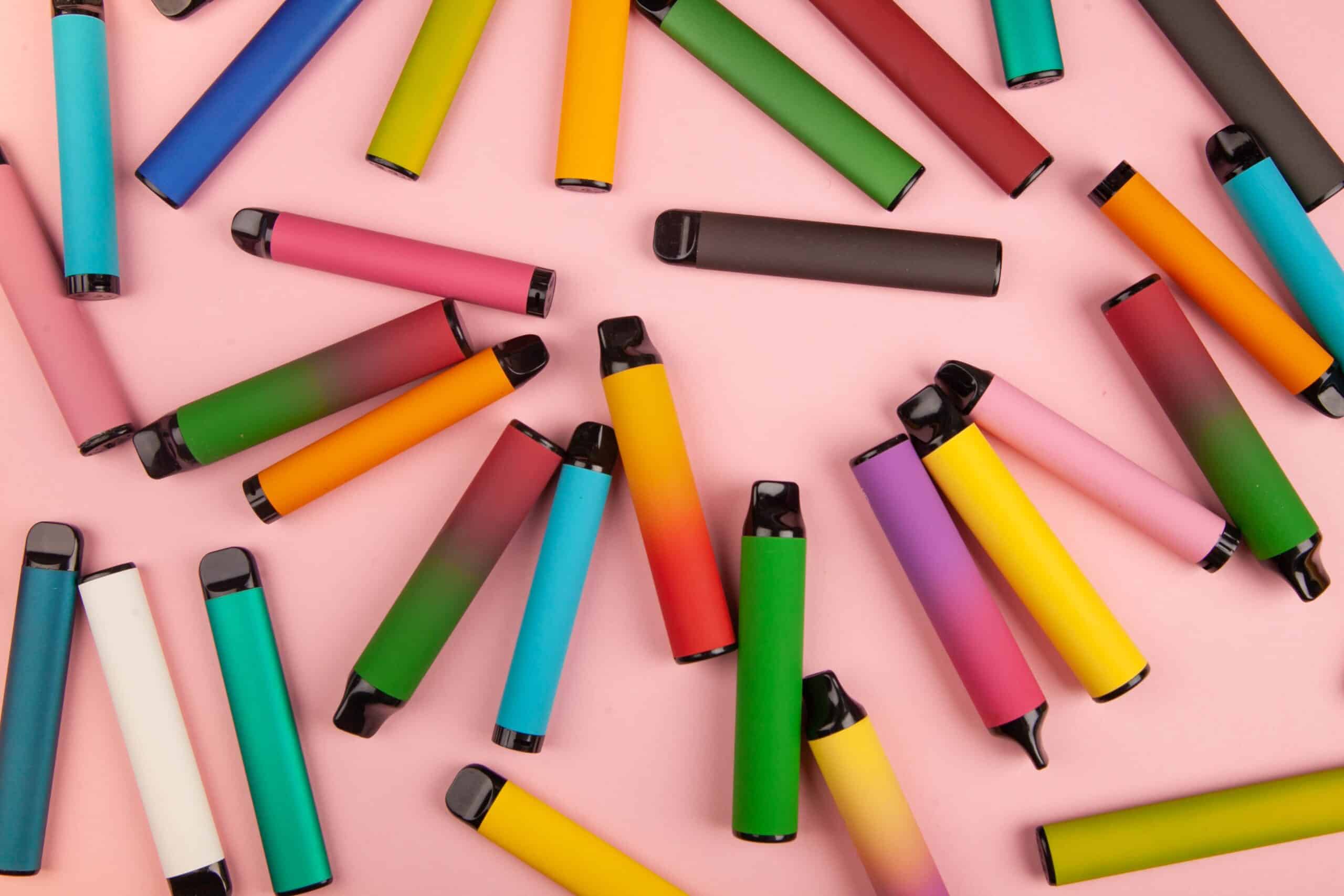High School and Middle School Students Continue Vaping, FDA Tries to Control Illegal E-Cigarettes

A Centers of Disease Control and Prevention report released last week showed high school students consumed less nicotine this year, while middle schoolers consumed more.
An estimated 10% of all middle and high schoolers — 2.8 million students — reported ingesting nicotine in the last thirty days, according to the 2023 National Youth Tobacco Survey, more than three-quarters of whom smoked e-cigarettes.
Though vaping is still the most popular way for high school students to consume tobacco products, fewer highschoolers regularly vaped (10%) this year than last year (14%).
The number of middle schoolers regularly vaping stayed the same this year, but more reported using multiple tobacco products, raising the total percentage of middle school students consuming any form of nicotine from 5% to 7%.
Health officials have been struggling to clamp down on underage e-cigarette use since 2015, when the popular e-cigarette JUUL hit the market and sent youth vaping skyrocketing.

JUUL is ostensibly a “safe” alternative to cigarettes, designed to help adult smokers quit using combustible tobacco products with cancer-causing chemicals like tar. When the “iPhone of e-cigarettes” launched, it wasn’t clear how the device would affect kids who used it instead of smoking cigarettes.
Now, we know that:
- Children who use e-cigarettes without previous addiction to cigarettes take longer, deeper inhales, causing more nicotine to enter their bloodstream per puff.
- Children are more susceptible to nicotine addiction because their brains are still developing.
- Childhood nicotine addictions are harder to break and increase chances of future addictions to other substances.
- Nicotine addiction negatively affects children’s mood, memory and ability to concentrate.
We also know inhaling from e-cigarettes themselves can be harmful. The devices use a hot wire to turn “e-liquid” into a gas that can be inhaled. This process can chemically change the liquid into toxic chemicals like formaldehyde and acetaldehyde.
The metal parts inside the vape can also degrade and release poisonous heavy metals like cadmium and lead into the nicotine vapor.
Though evidence now shows underage vaping is dangerous, underage e-cigarette use is proving an intractable problem.
Part of the issue is the way early vapes were marketed to kids. JUUL has paid more than $900 million to 39 states for marketing to children, following evidence showing the company had taken out ads on children’s website like Nickolodeon.com and used social media influencers to market their product.
Though JUUL is no longer the most popular brand of e-cigarette, vaping continues to be a youth phenomenon that new companies take advantage of.
JUUL also introduced flavored e-liquids, which is one of the biggest reasons children get addicted; 89% of high school and middle school students who regularly vape use flavors other than tobacco and uniformly prefer fruit flavors, according to the 2023 National Youth Tobacco Survey.
Though the federal government banned selling e-liquid flavors other than menthol and tobacco in 2022, the law only applied to reusable e-cigarettes like JUUL. Disposable vapes have since become most popular among underage vapers.
Even so, each e-cigarette — even disposable ones — is supposed to get Food and Drug Administration (F.D.A.) approval before being sold. But now regulators are facing another problem — disposable, flavored vapes with high nicotine levels flooding in from China and Mexico.
Though the F.D.A. continues to warn smoke shops to stop selling these illegal e-cigarettes, flavored vape sales have surged 60% since 2020, according to the New York Times.
“[The F.D.A.] has been dealt a very difficult hand, and a lot of which includes putting the genie back — or stuffing the genie back — in the bottle, and I don’t envy them for that,” assistant Vice President of advocacy for the American Lung Association Erika Sward told the Times.
Concerned parents looking to educate their kids about the dangers of vaping can find resources here.
Additional Resources:
Citizens Turn Against Lax Drug Laws as Consequences of Drug Addiction Overwhelm Communities
Children Who Have Supportive Parents and Hopeful Goals Less Likely to Start Vaping
Image from Shutterstock.
ABOUT THE AUTHOR

Emily Washburn is a staff reporter for the Daily Citizen at Focus on the Family and regularly writes stories about politics and noteworthy people. She previously served as a staff reporter for Forbes Magazine, editorial assistant, and contributor for Discourse Magazine and Editor-in-Chief of the newspaper at Westmont College, where she studied communications and political science. Emily has never visited a beach she hasn’t swam at, and is happiest reading a book somewhere tropical.
Related Posts

Celebrating a Letter From a Mother to Her Heisman-Winning Son
December 15, 2025

Farm Bureau: Traditional Thanksgiving Dinner Costs Less This Year
November 26, 2025

Conservative Women’s Rallying Cry: Don’t Wait to Have Children
November 24, 2025

